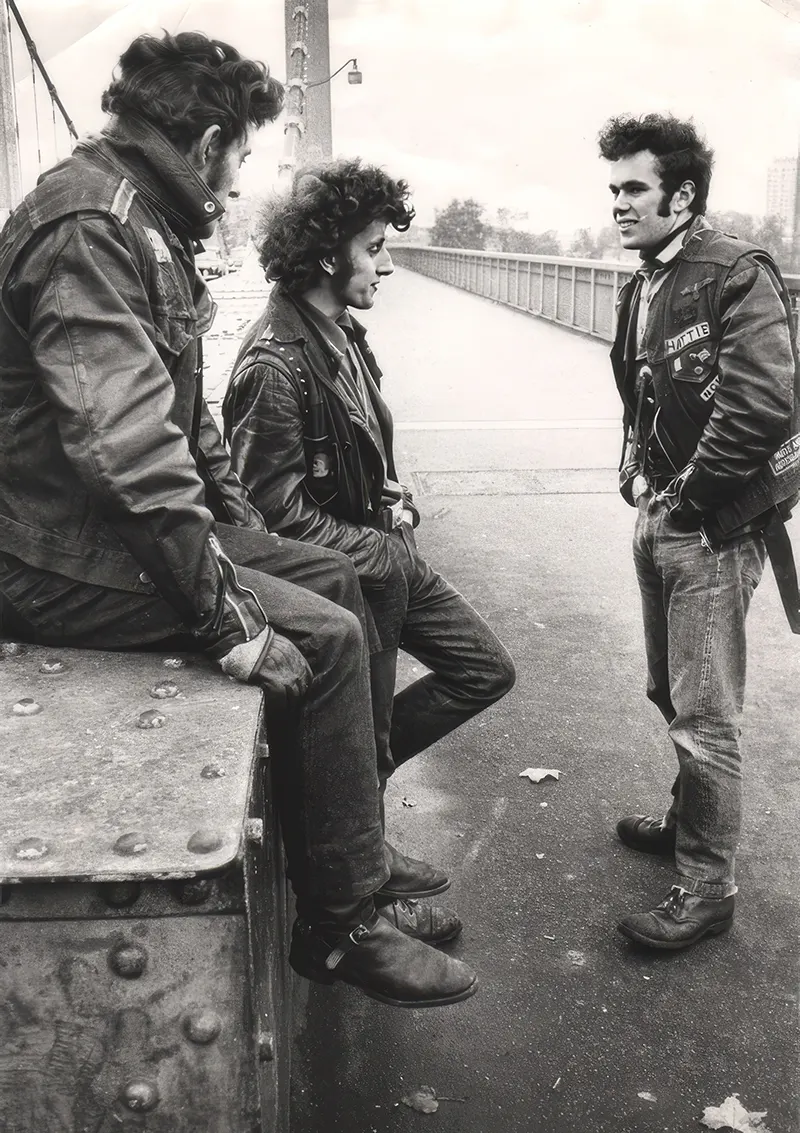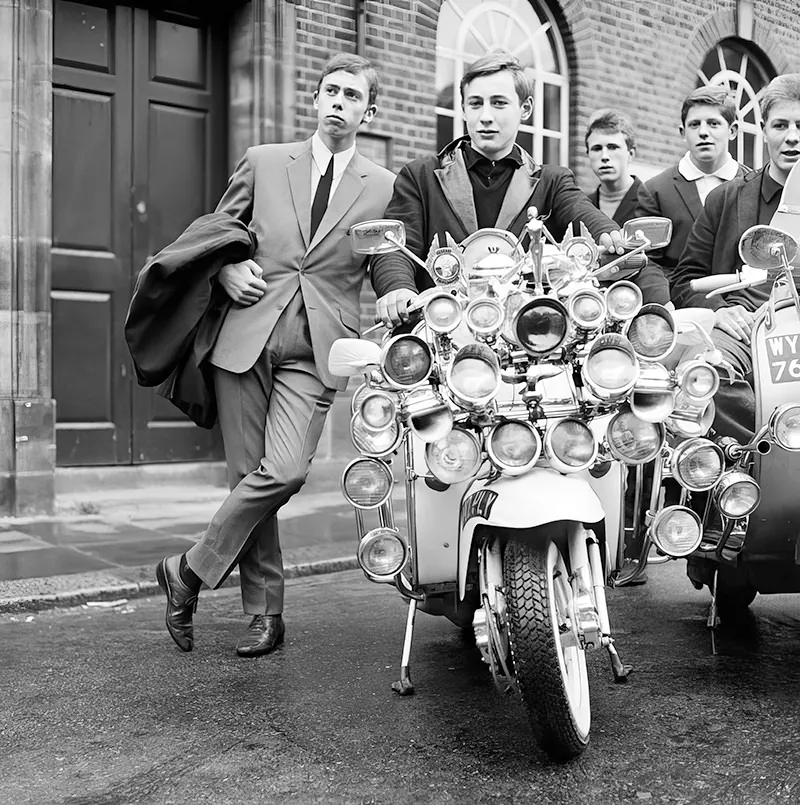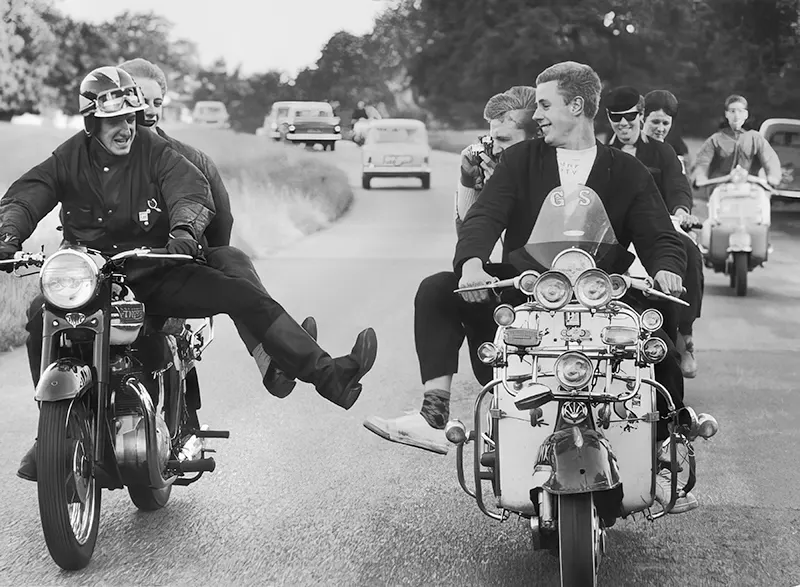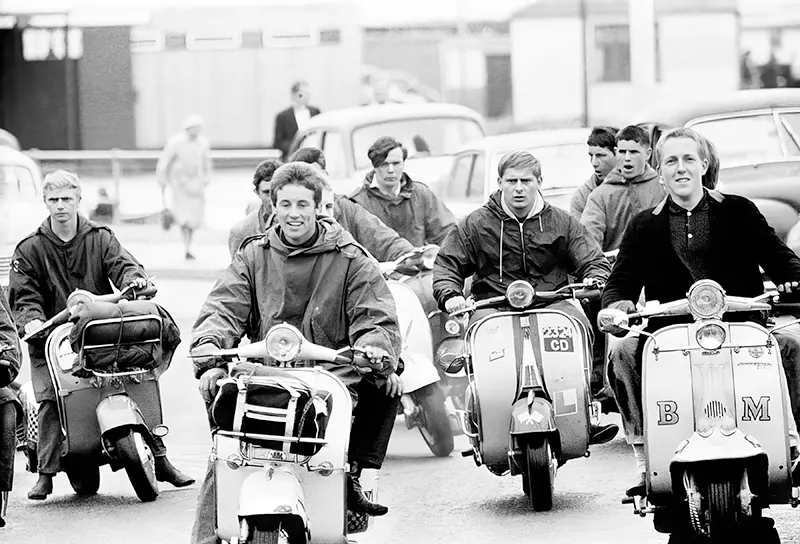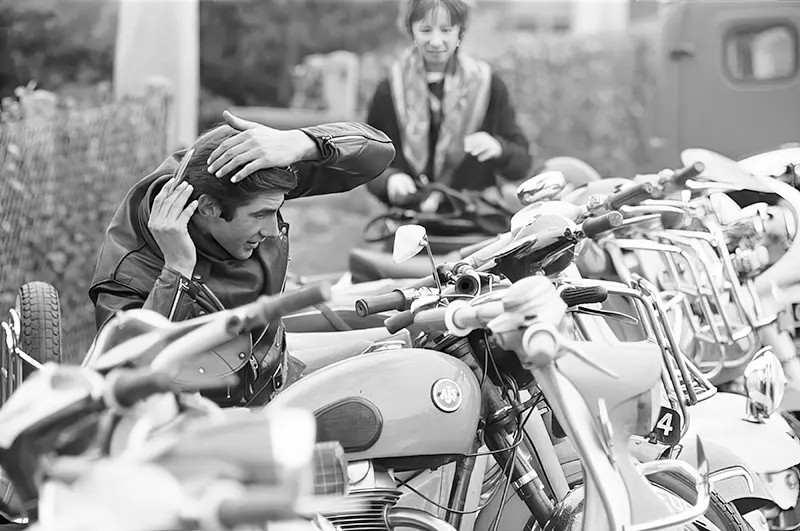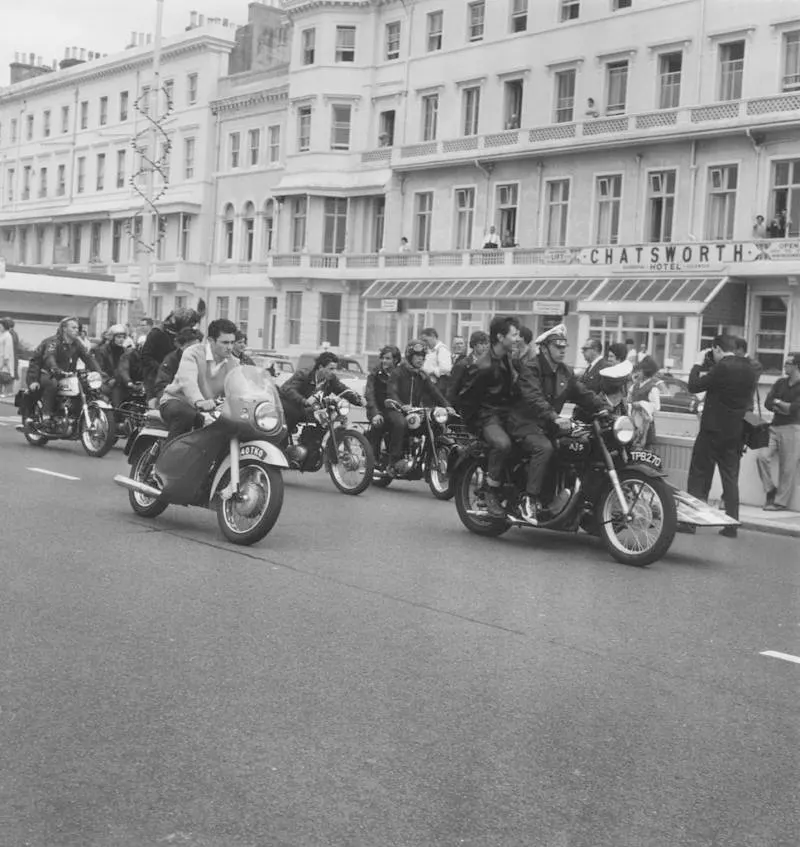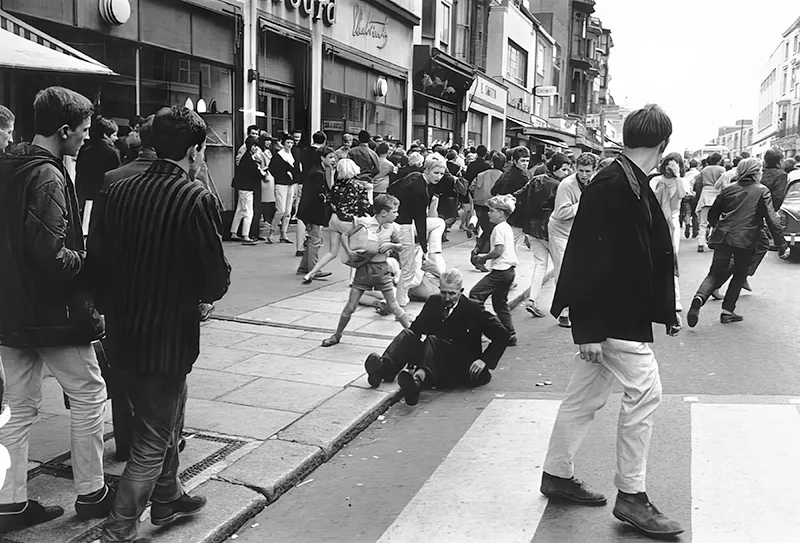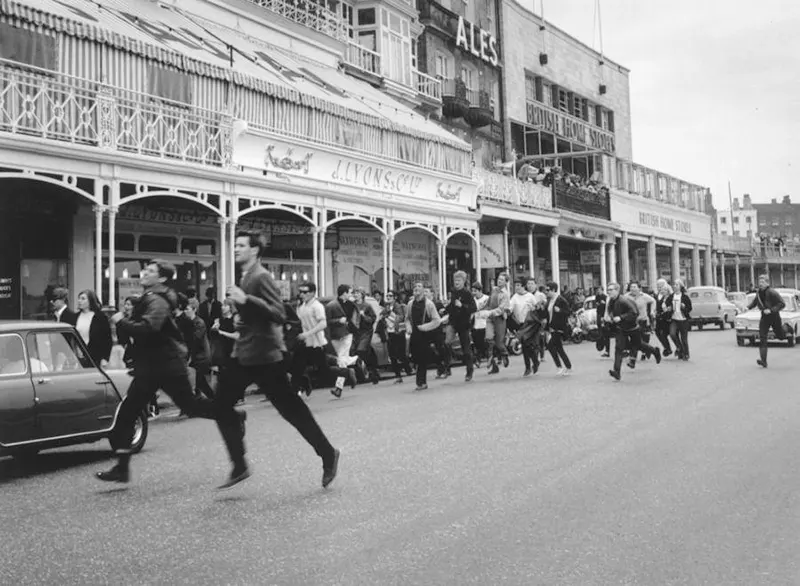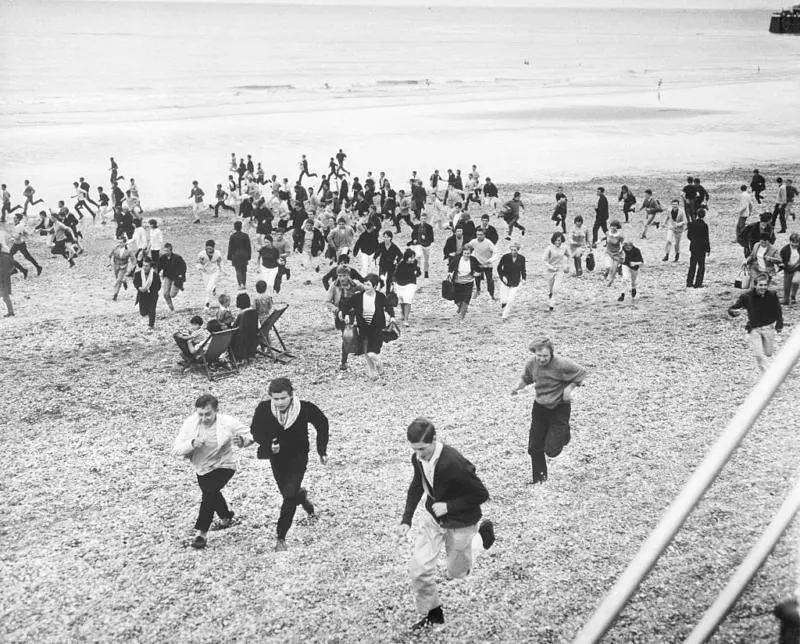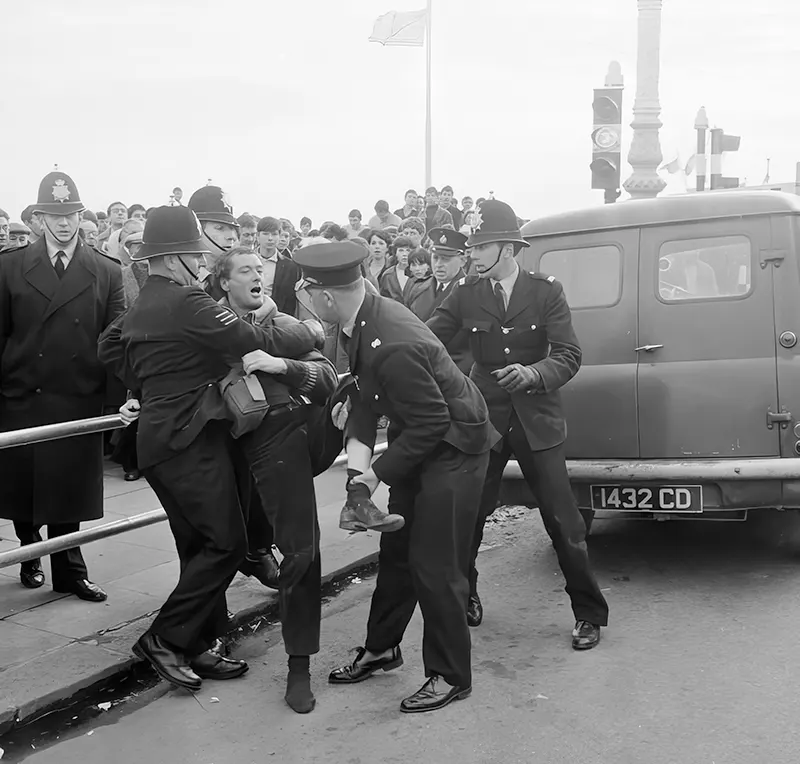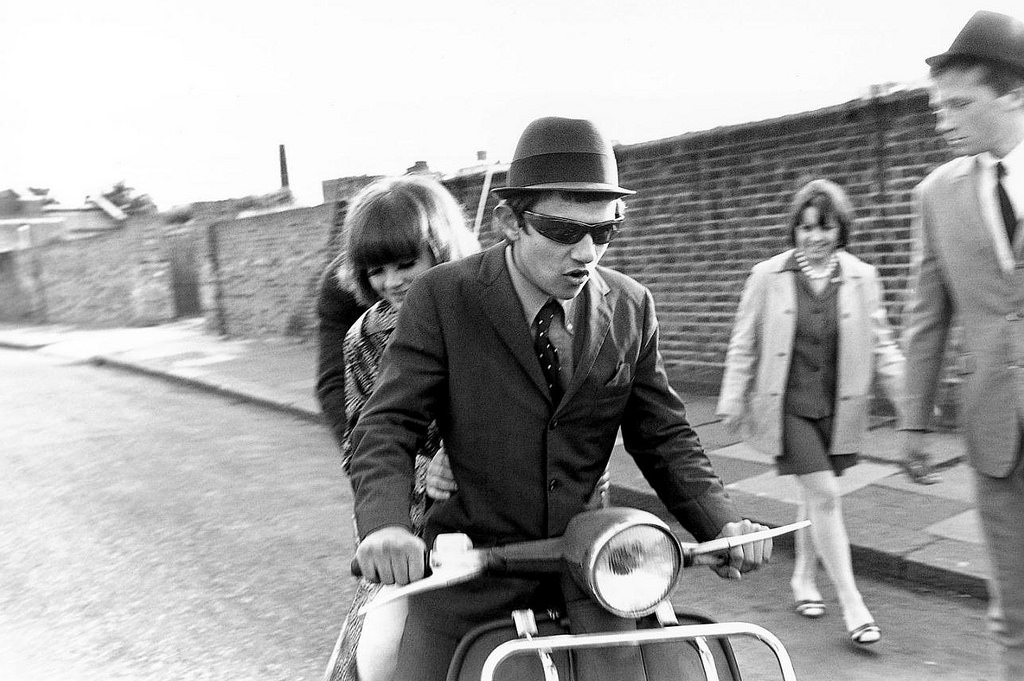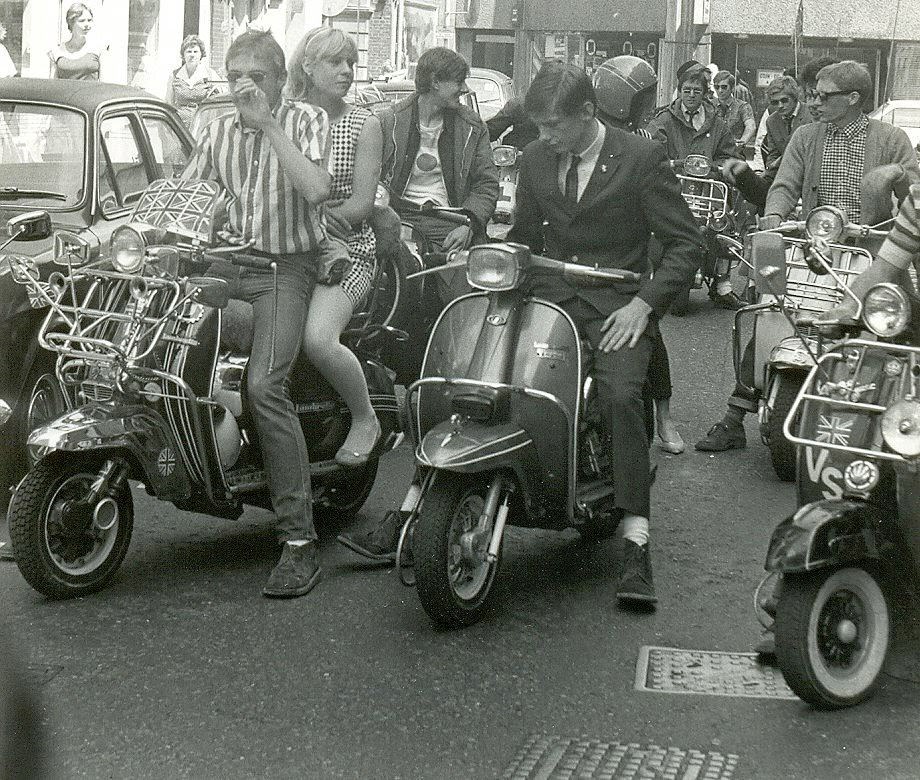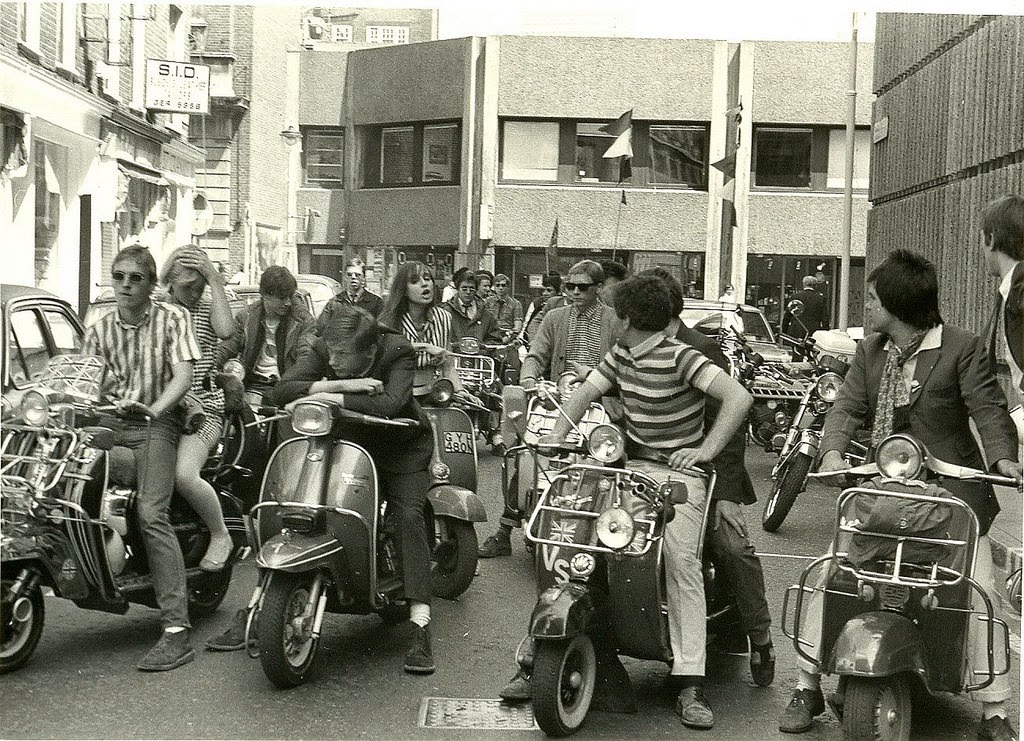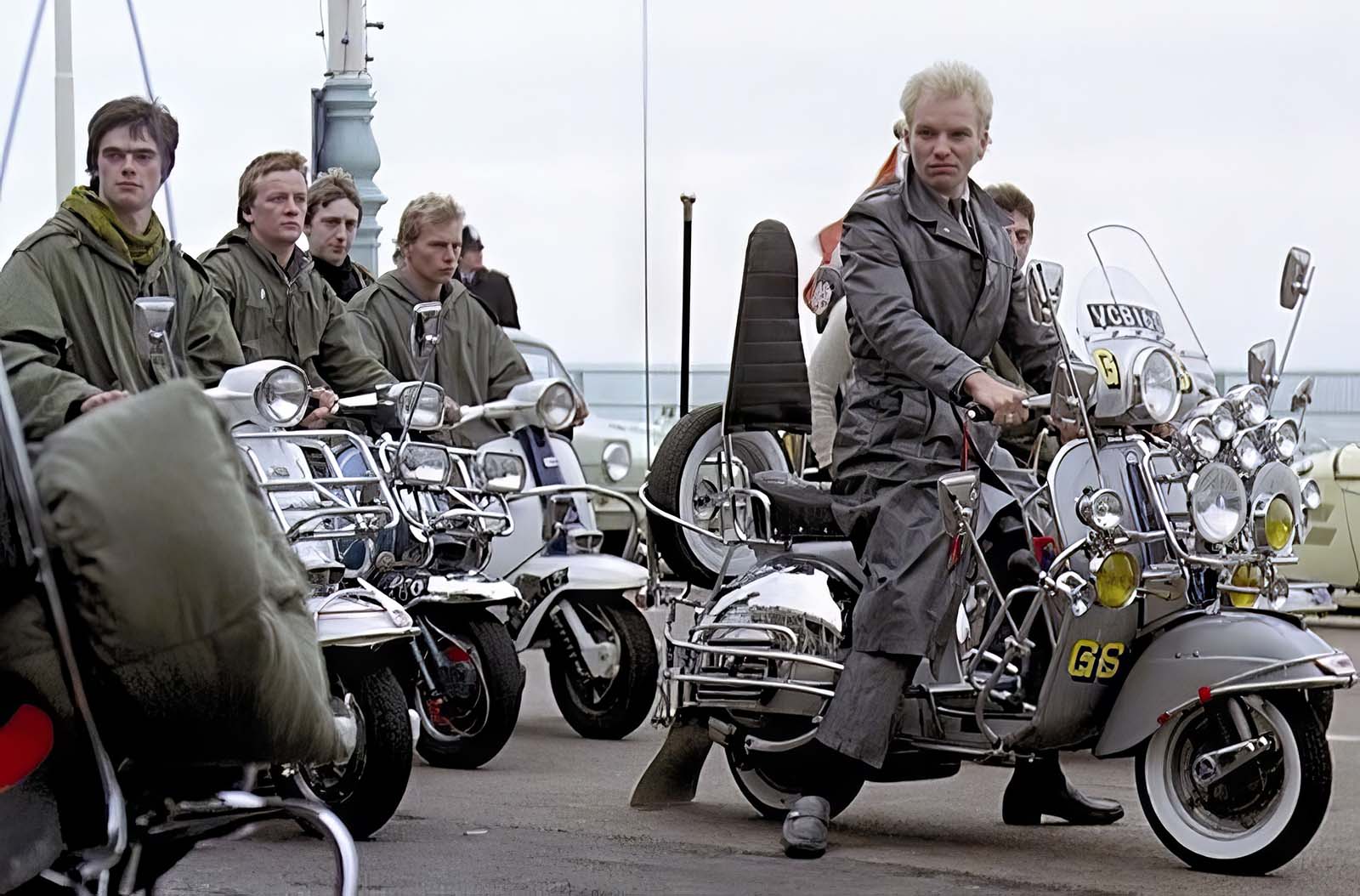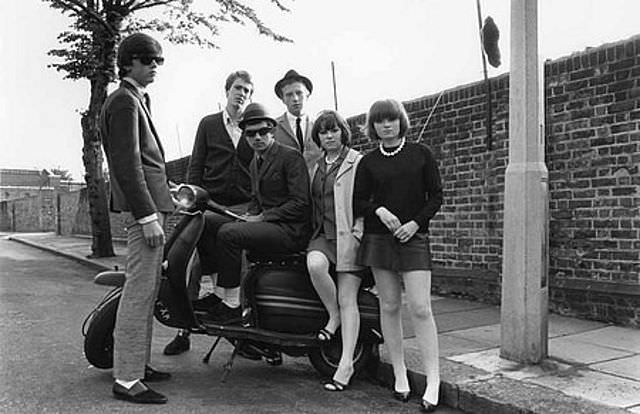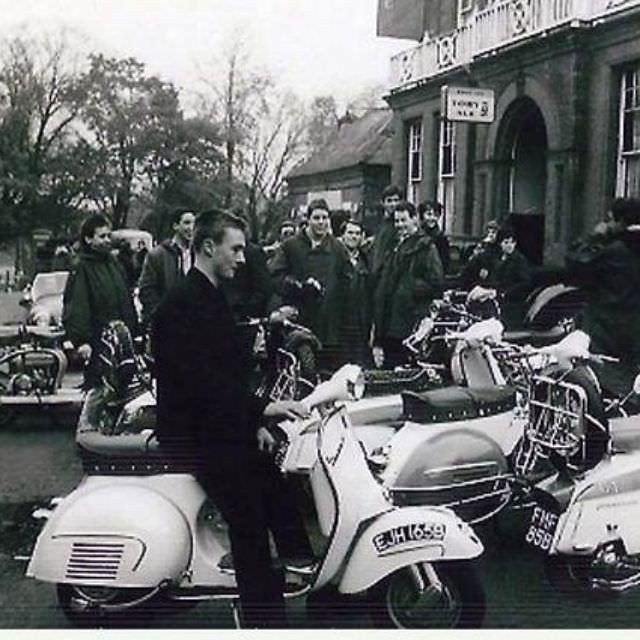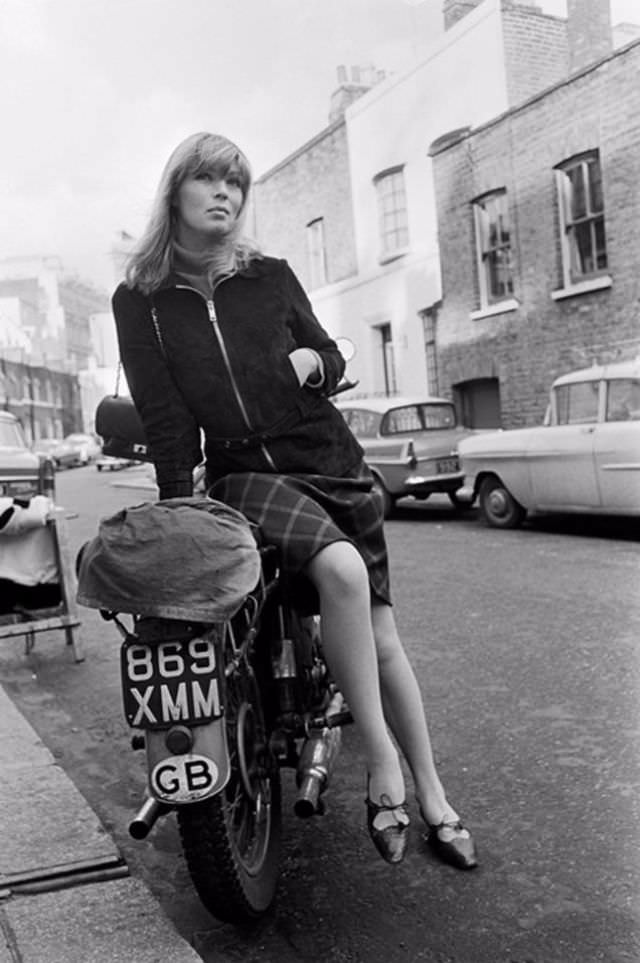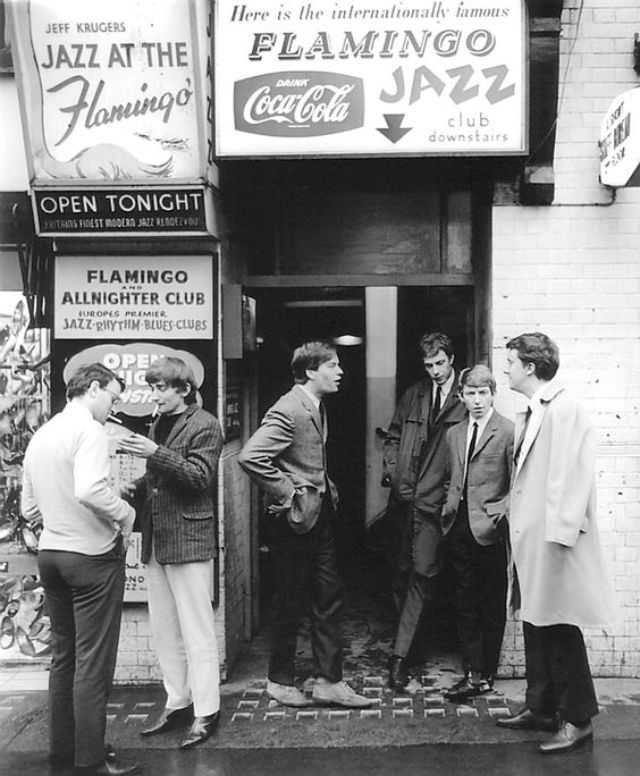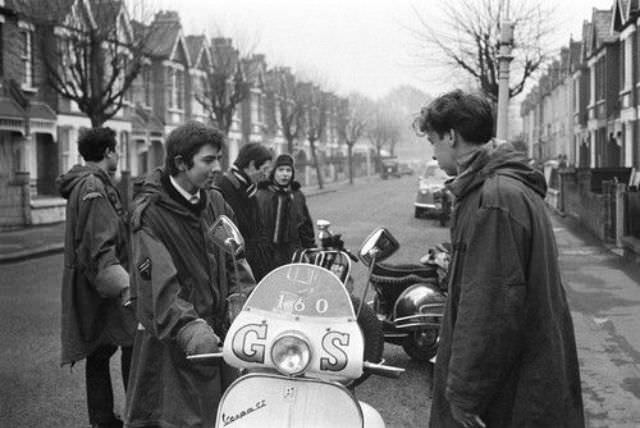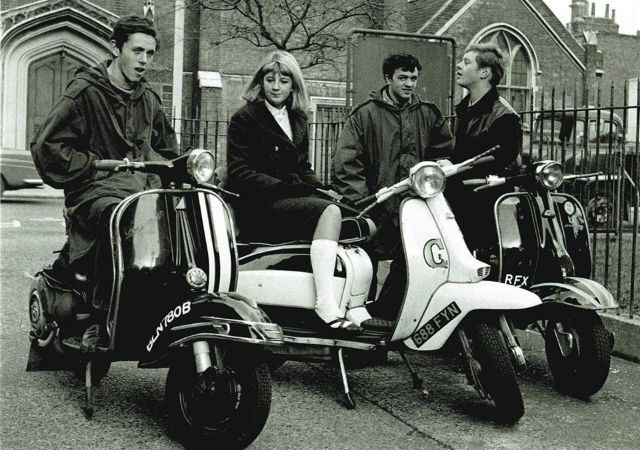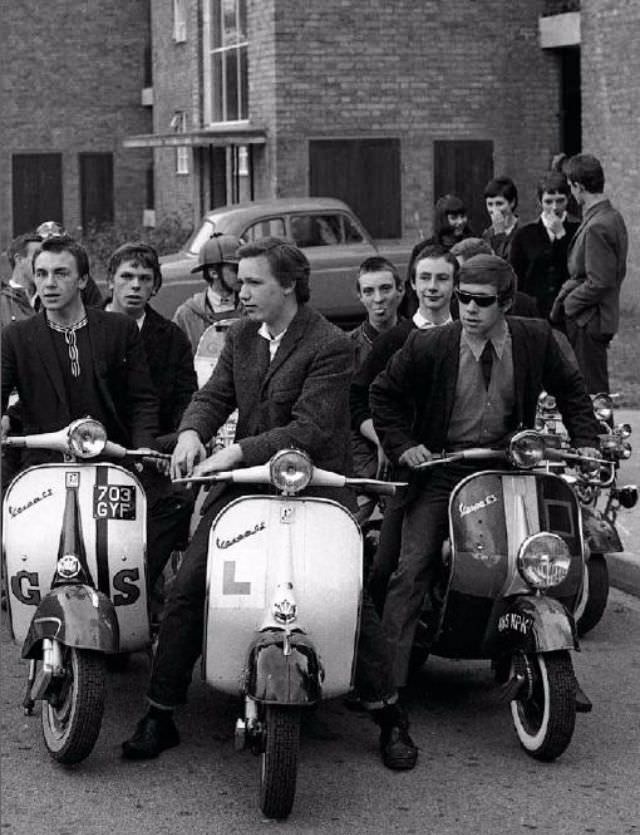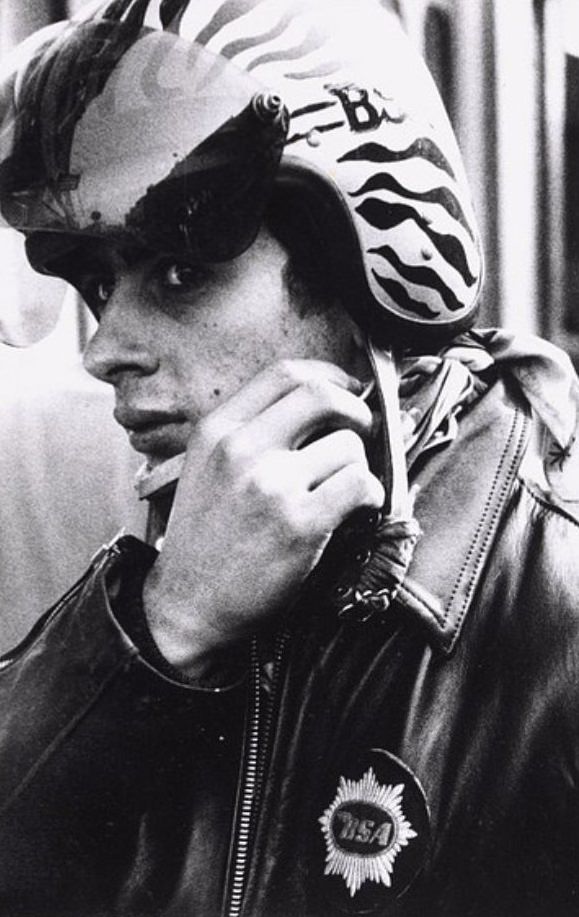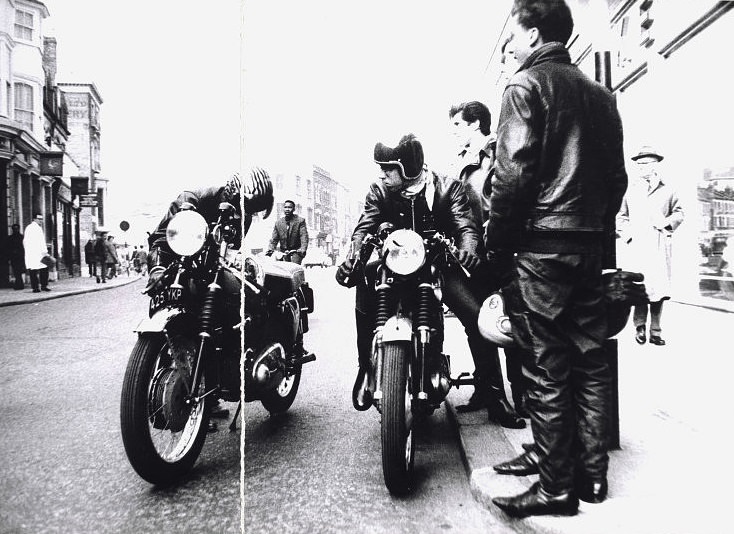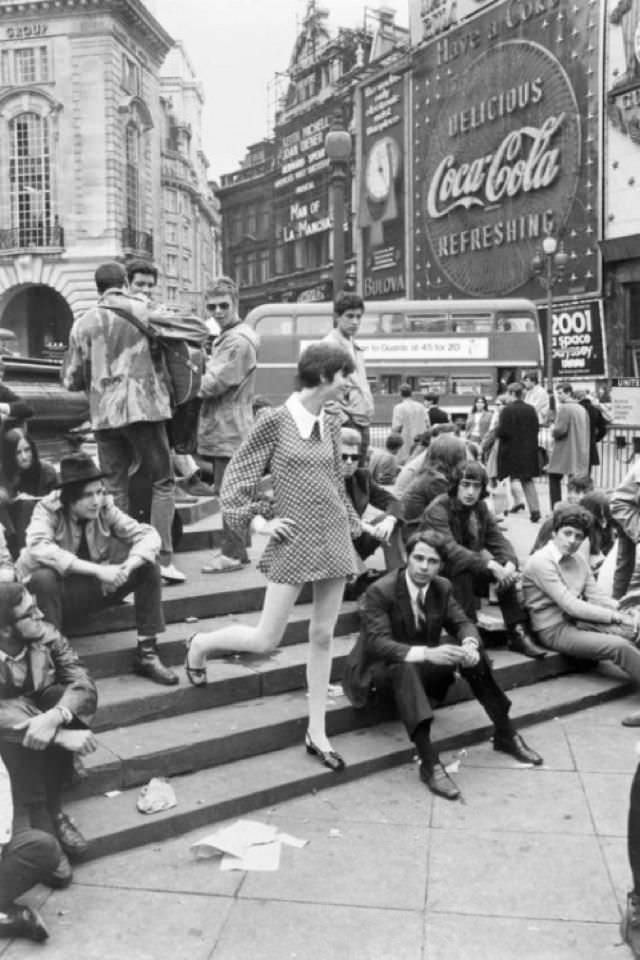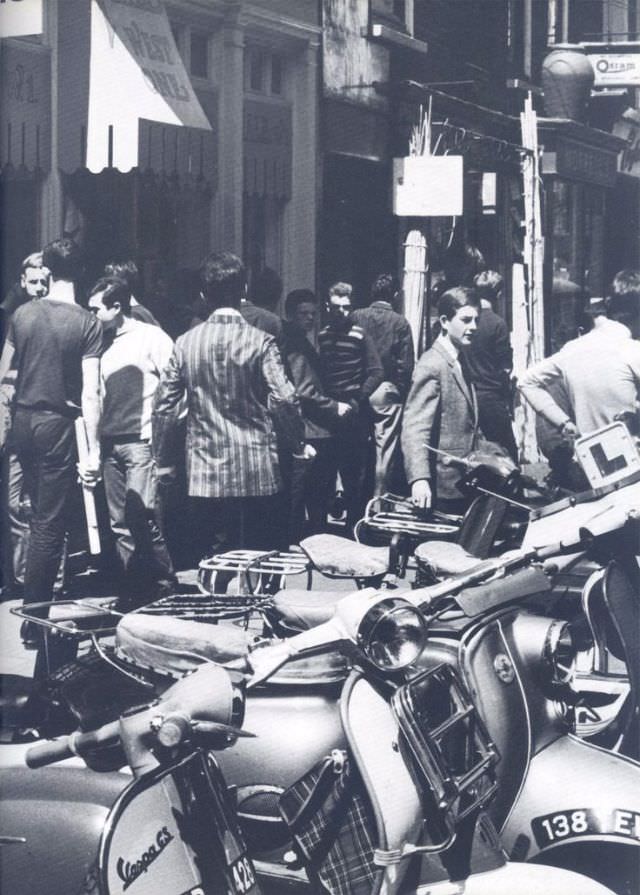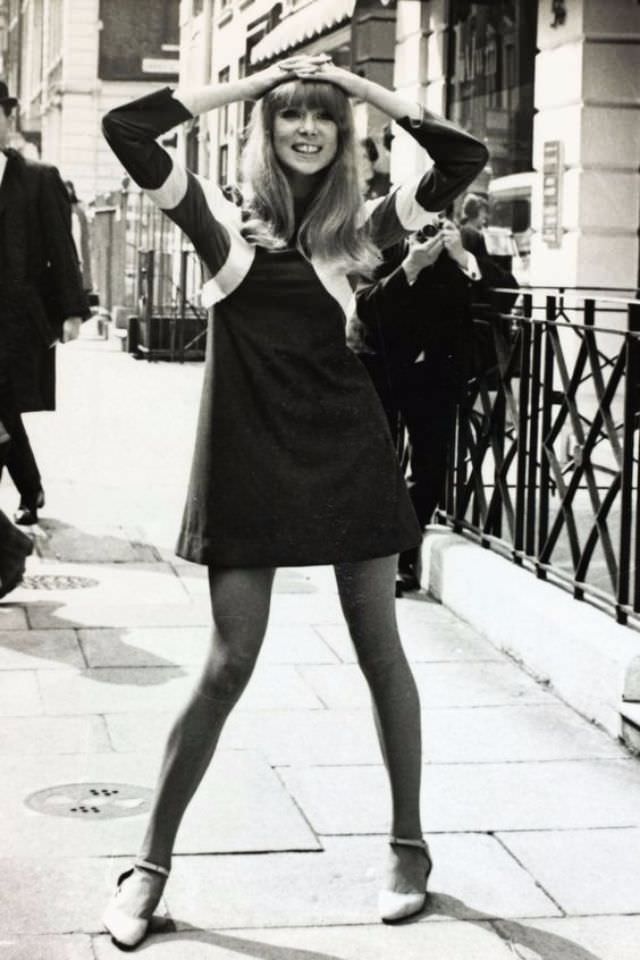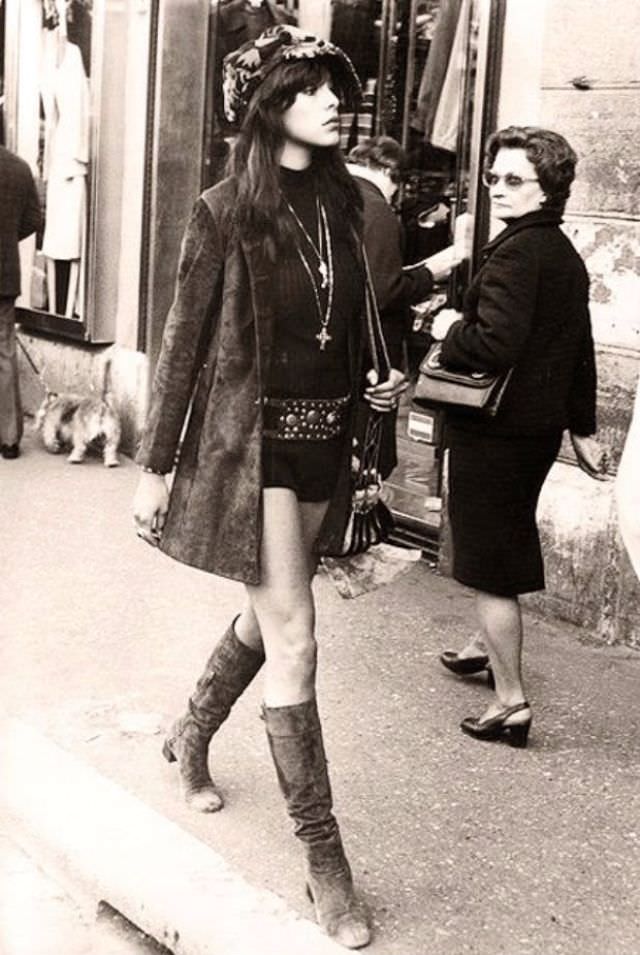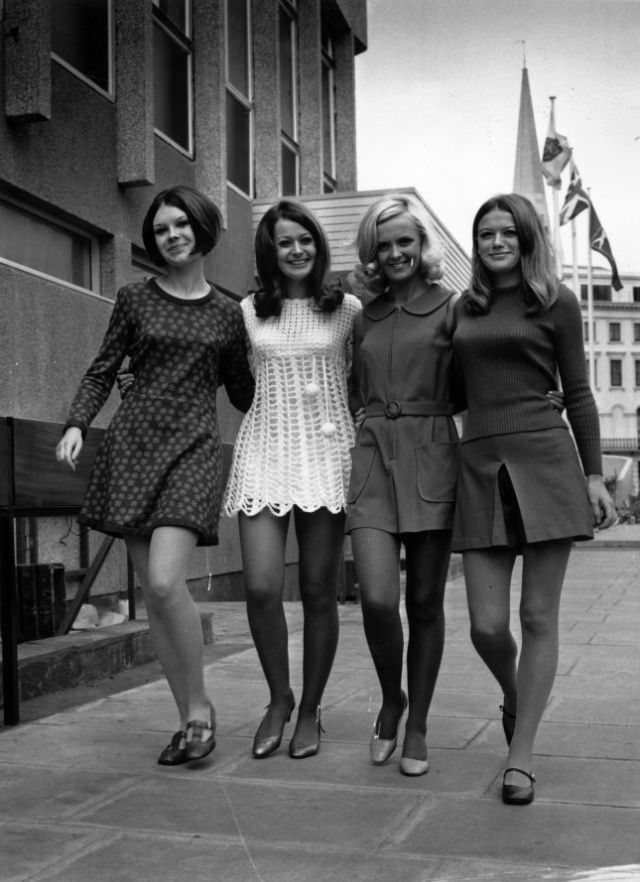In the 1960s, a fierce rivalry erupted between two British youth subcultures: the Mods and the Rockers. This clash wasn’t just about fashion or music. It highlighted the differences in social class, lifestyle, and aspirations of young people during a time of significant social change.
Who Were the Mods?
Mods, short for “Modernists,” were young people who embraced modern fashion and music. They loved stylish clothing, often wearing tailored suits, slim ties, and parka jackets. They rode Vespa and Lambretta scooters, which were often decorated with mirrors and lights. Mods were known for their love of rhythm and blues, soul, and later, the British bands like The Who and The Small Faces. They hung out in coffee bars and clubs, dancing to the latest tunes and showing off their sharp looks.
Who Were the Rockers?
Rockers, on the other hand, had a very different style. They were heavily influenced by American rock and roll music. Their fashion was rugged and rebellious, featuring leather jackets, jeans, and heavy boots. Rockers rode powerful motorcycles, like Triumphs and Nortons, favoring speed and power. Their musical heroes included Elvis Presley, Chuck Berry, and Eddie Cochran. They often gathered in roadside cafes and greasy spoon diners, sharing a love for the open road and a sense of freedom.
Read more
The Clash
The tension between Mods and Rockers boiled over into violence on several occasions. One of the most infamous clashes occurred over the bank holiday weekends in 1964, particularly in seaside towns like Brighton, Margate, and Clacton. These clashes were marked by running battles along the beaches and streets, with police struggling to keep the peace. Newspapers sensationalized these events, portraying the youths as dangerous and out of control.
Reasons for the Rivalry
Several factors contributed to the rivalry between Mods and Rockers. Social class played a role, as Mods were often from more affluent backgrounds, while Rockers typically came from working-class families. This divide was reflected in their choices of fashion, music, and transportation. Additionally, the post-war generation was seeking new ways to express their identities, and these subcultures provided distinct paths.
The media also fueled the conflict. Sensational headlines and dramatic photographs amplified the sense of rivalry, making it seem more widespread and dangerous than it often was. This media portrayal led to a moral panic, with society viewing these youths as a threat to social order.
Cultural Impact
The Mod movement influenced fashion designers and music, helping to shape the Swinging Sixties. Bands associated with the Mod scene gained international fame and changed the music landscape.
Rockers contributed to the image of the rebellious biker, which became an enduring symbol in popular culture. Their love for rock and roll laid the groundwork for future musical genres and youth movements.
Everyday Life
For Mods and Rockers, everyday life involved much more than the clashes. Mods spent their days working in offices or shops, saving money for their next stylish outfit or scooter accessory. They enjoyed dancing, listening to music, and socializing in their favorite haunts.
Rockers, often employed in manual jobs, poured their earnings into their bikes and leather gear. They thrived on the sense of community found in biker clubs and gatherings, where they could share their passion for motorcycles and music.


